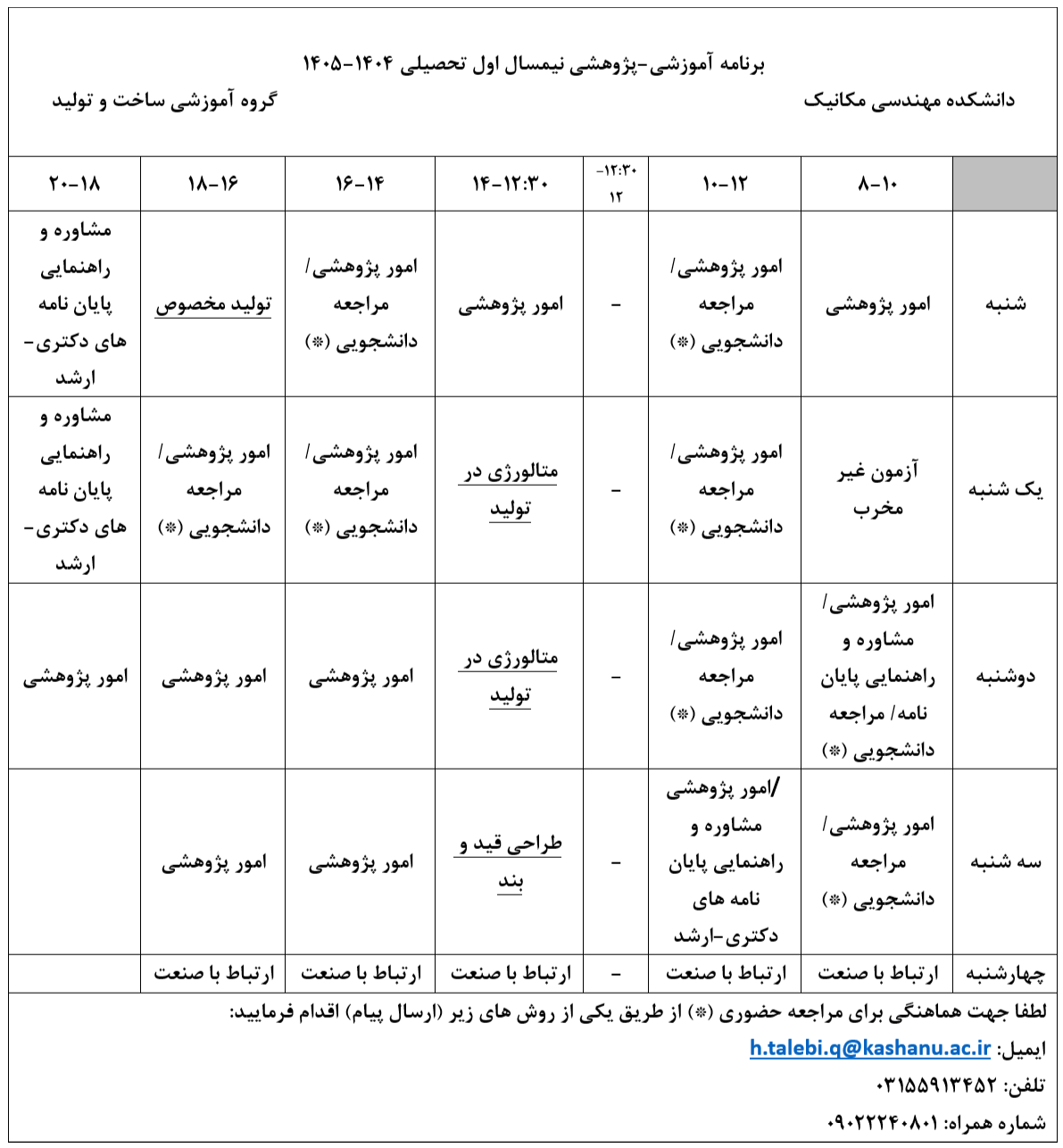| نویسندگان | حسین طالبی قادیکلائی,حسن مسلمی نائینی,محمد جواد میرنیا,محمد علی میرزایی,حمید گرجی,سرگی الکساندروف |
|---|
| نشریه | THIN WALL STRUCT |
|---|
| شماره صفحات | 106566 |
|---|
| شماره مجلد | 148 |
|---|
| ضریب تاثیر (IF) | ثبت نشده |
|---|
| نوع مقاله | Full Paper |
|---|
| تاریخ انتشار | 2020-01-05 |
|---|
| رتبه نشریه | علمی - پژوهشی |
|---|
| نوع نشریه | الکترونیکی |
|---|
| کشور محل چاپ | ایران |
|---|
| نمایه نشریه | SCOPUS ,JCR |
|---|
چکیده مقاله
In this study, three ductile fracture criteria were used to investigate the fracture in U-bending of AA6061-T6 aluminum alloy sheets. Considering the importance of the calibration procedure, three different tension tests including the uniaxial, plane strain, and notched tensions were conducted based on the stress state analysis. The Ayada, Rice-Tracey, and normalized Cockroft-Latham fracture criteria were calibrated through a hybrid experimental-numerical method to determine their critical damage values. Fracture envelopes (i.e., the locus of fracture strains) were constructed for the investigated fracture criteria based on the results of various tension tests in their calibration procedure. The calibrated fracture criteria were implemented in the commercial finite element (FE) code Abaqus/Explicit using an appropriate user subroutine. The numerical simulation of the bending process was performed and validated by relevant experiments. The accuracy of the fracture criteria was investigated by comparing fracture displacements predicted using the FE model with those measured by experiments. According to the obtained results, variations of damage function (fracture criteria) and the type of the calibration test utilized for a certain fracture criterion have significant effects on the critical damage value, the fracture envelope, and the accuracy of the fracture prediction. For all investigated criteria, the prediction is reasonable when the critical damage value was calibrated under the plane-strain tension. Thus, the plane strain tension is the best calibration method for predicting fracture in the U-bending process. The most accurate fracture prediction is obtained by normalized Cockroft-Latham fracture criterion, which was calibrated by the plane strain tension test with 2.52% error in fracture prediction. However, the prediction of fracture displacement in U-bending process is very imprecise and strongly overestimated, when the uniaxial tension was used as the calibration test. The Ayada criterion has the lowest error of 11.83% for predicting the fracture displacement when the uniaxial tension test was used as a calibration method. Also, the maximum prediction error (the lowest accuracy) was found to be 51.97% by the normalized Cockroft-Latham criterion calibrated under the uniaxial tension test. Globally, for the U-bending process, it is recommended to calibrate the critical damage values under the plane strain condition. But, when only the uniaxial tension test is available, the Ayada fracture criterion gives the best prediction.

